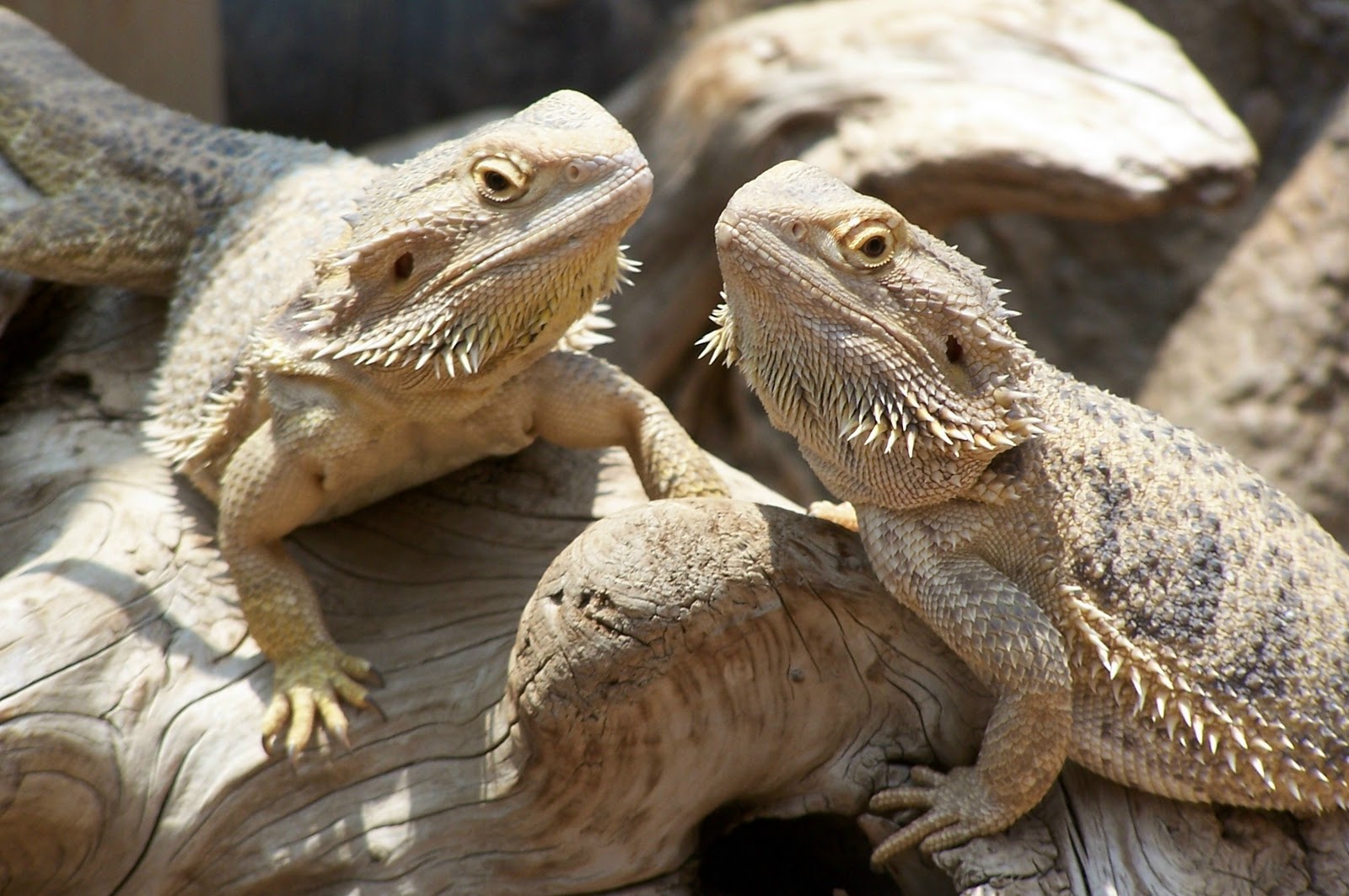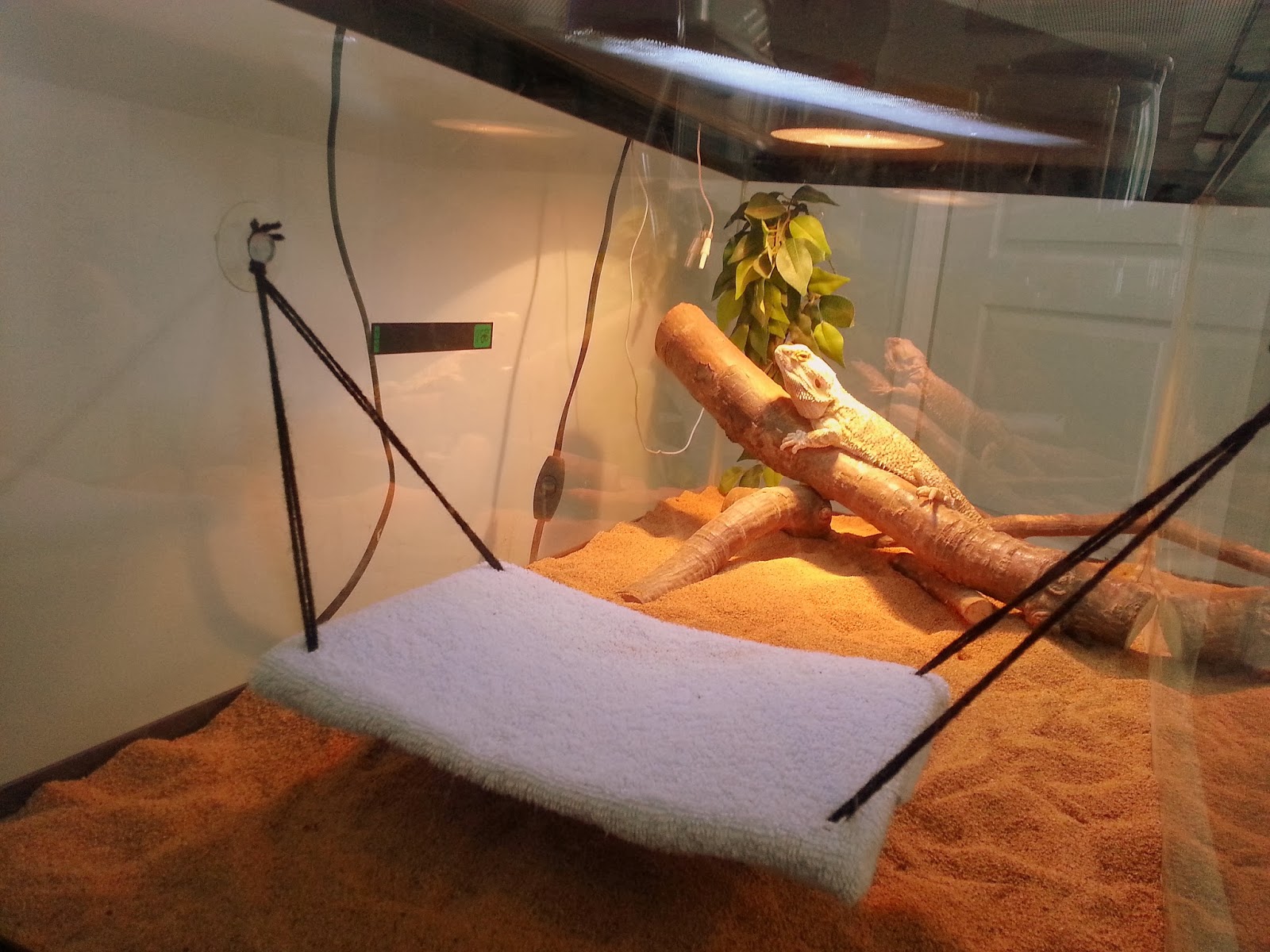Show Me Pictures of a Bearded Dragon: Your Ultimate Guide to These Fascinating Reptiles
What are Bearded Dragons?
Bearded dragons are fascinating reptiles that are becoming increasingly popular as pets. Native to Australia, bearded dragons are known for their unique appearance, docile nature, and their ability to adapt to life in captivity. They get their name from the spiny scales under their jaws, which can puff out when they feel threatened or aggressive.
Appearance
Bearded dragons are relatively large lizards, growing up to two feet long from head to tail. They have a broad, triangular head and stout body, covered in rough, bumpy scales. Bearded dragons come in a variety of colors, including tan, brown, red, and orange, and their patterns can range from stripes to spots. As they get older, they develop a beard-like pouch under their necks, which they can puff up when threatened or as part of a mating display.
Habitat
In the wild, bearded dragons are found in arid areas of Australia, where they spend much of their time basking in the sun or hiding in burrows or caves during the heat of the day. In captivity, they require a similar environment, with a basking area, a cool area, and a hiding spot. A 40-gallon tank is usually sufficient for one or two adult bearded dragons, and it should be outfitted with a heat lamp, a UVB light, and a substrate such as reptile carpet or paper towels.
Diet
Bearded dragons are omnivores, meaning they eat both plants and animals. In the wild, they feed on insects, such as crickets, mealworms, and roaches, as well as vegetation, including flowers and leaves. In captivity, they should be fed a balanced diet consisting of both live prey and vegetables. Bearded dragons should always have access to clean, fresh water, which can be provided in a shallow dish.
Behavior
Bearded dragons are generally very docile and make great pets, especially for beginners. They are active during the day and can become very tame with regular handling. As with any reptile, it’s important to handle them gently and not to squeeze or squeeze them too hard. Bearded dragons are also social animals and can be housed together as long as they are of similar size and temperament.
Health and Care
Bearded dragons are hardy animals, but they do require specific care to ensure their health and wellbeing. Regular veterinary checkups are recommended, as well as a balanced diet, clean environment, and proper temperature and lighting. Signs of illness can include lethargy, loss of appetite, and difficulty breathing. It’s important to address any health concerns as soon as possible to ensure your bearded dragon can live a long, healthy life.
Show Me Pictures of a Bearded Dragon
Now that you know all about bearded dragons, it’s time to see some pictures of these fascinating reptiles. In the gallery below, you’ll find a collection of high-quality bearded dragon images, showing off their unique colors, patterns, and behaviors. Enjoy!







